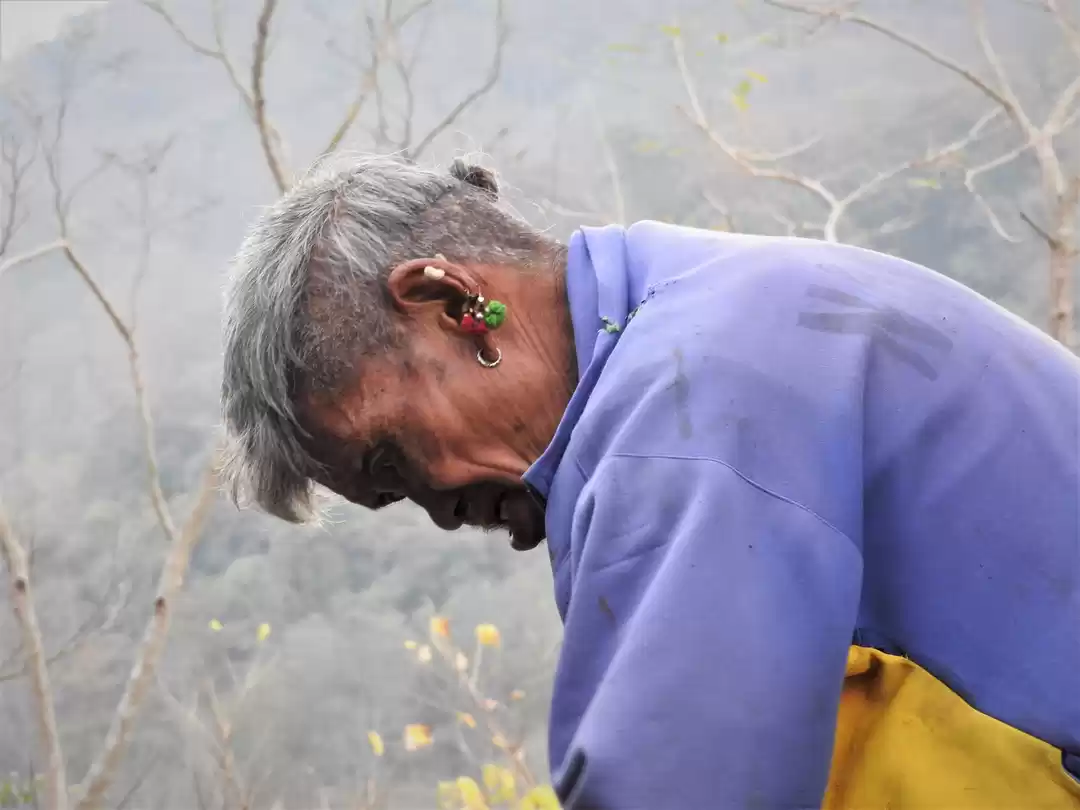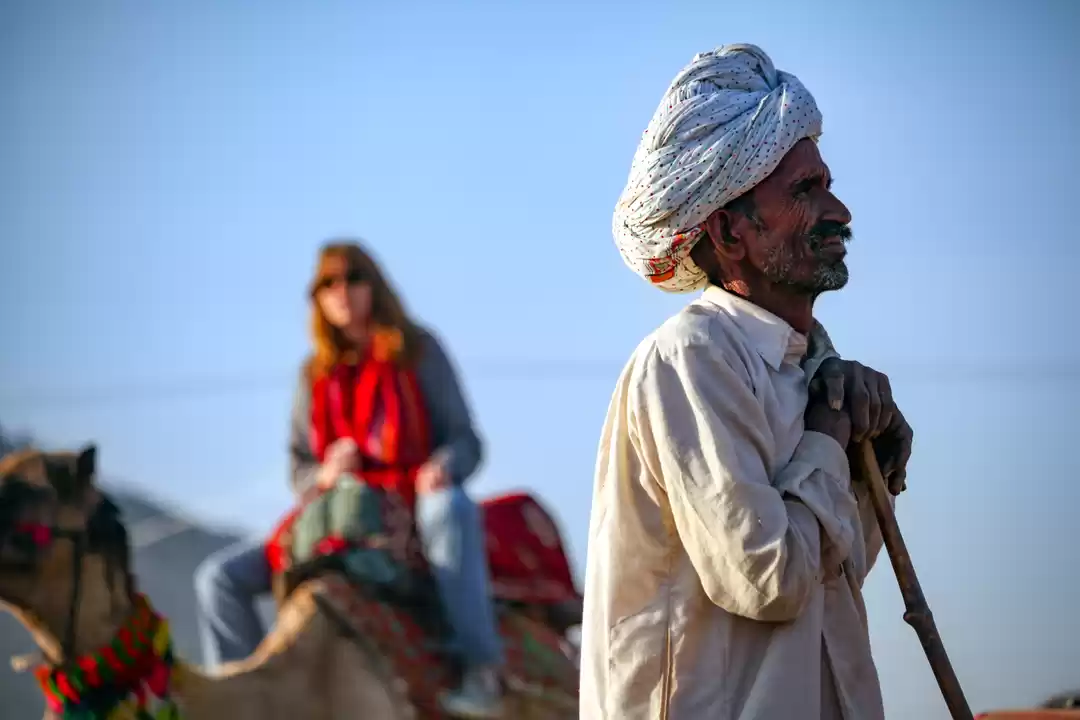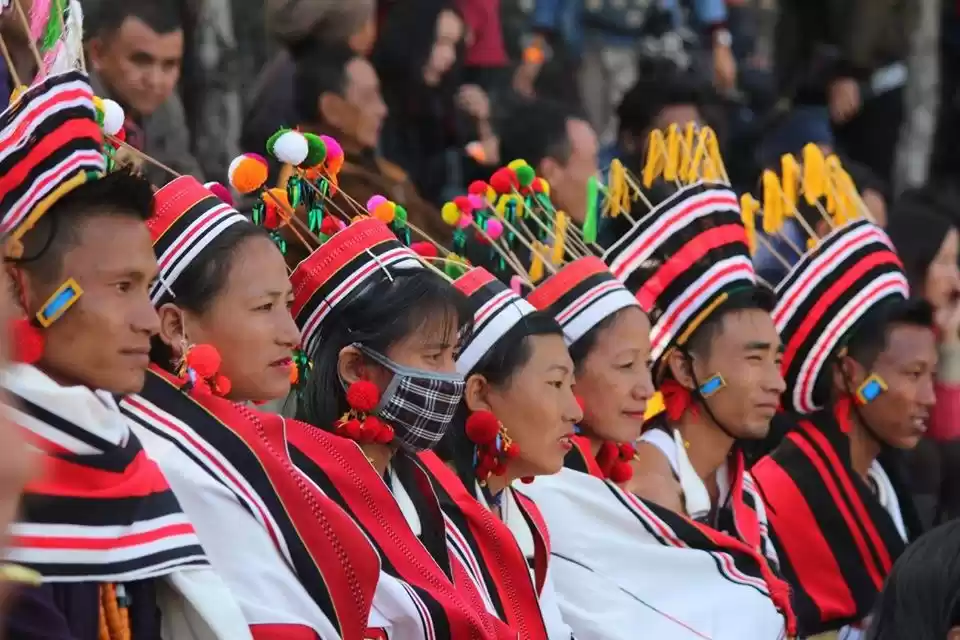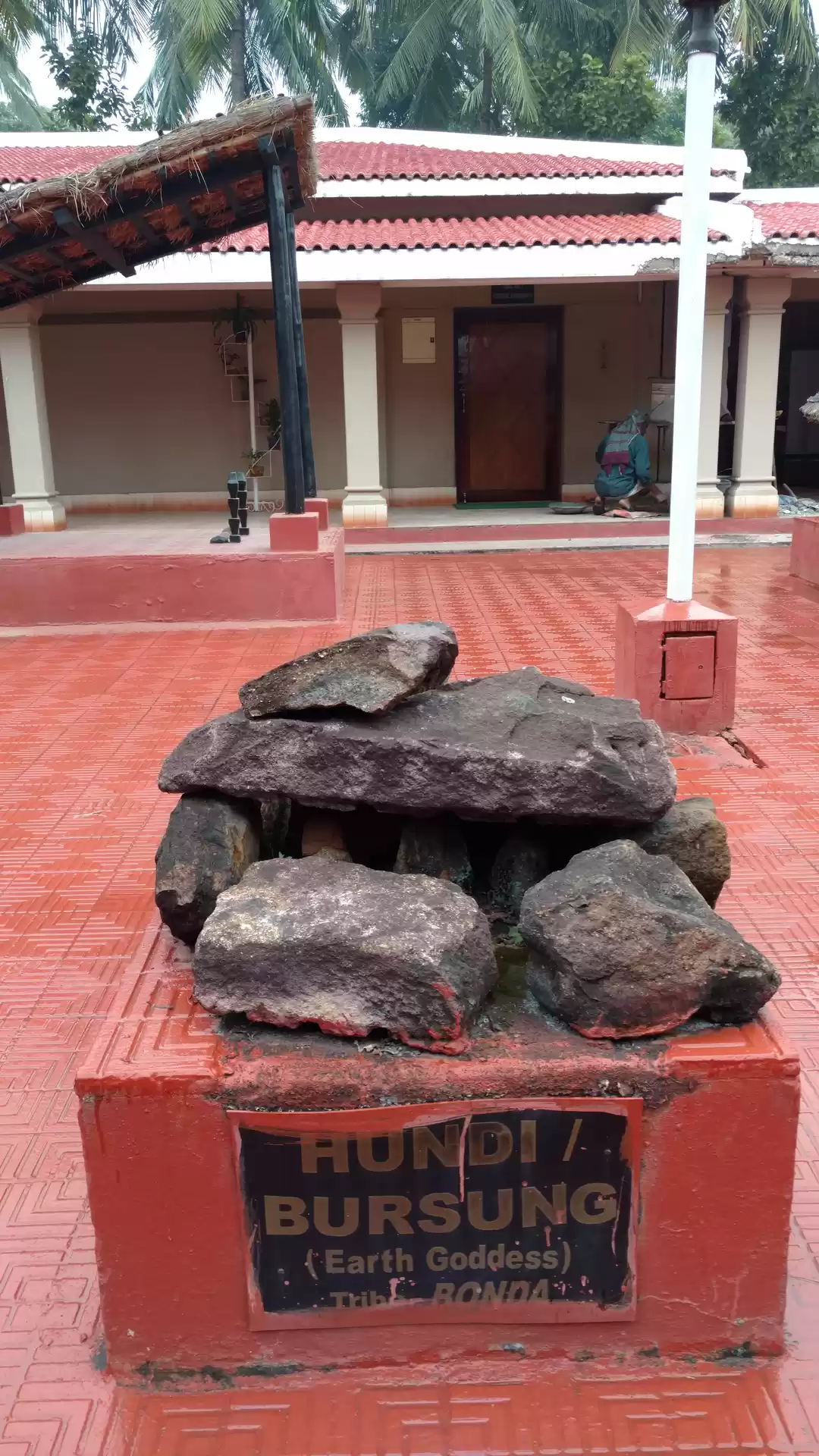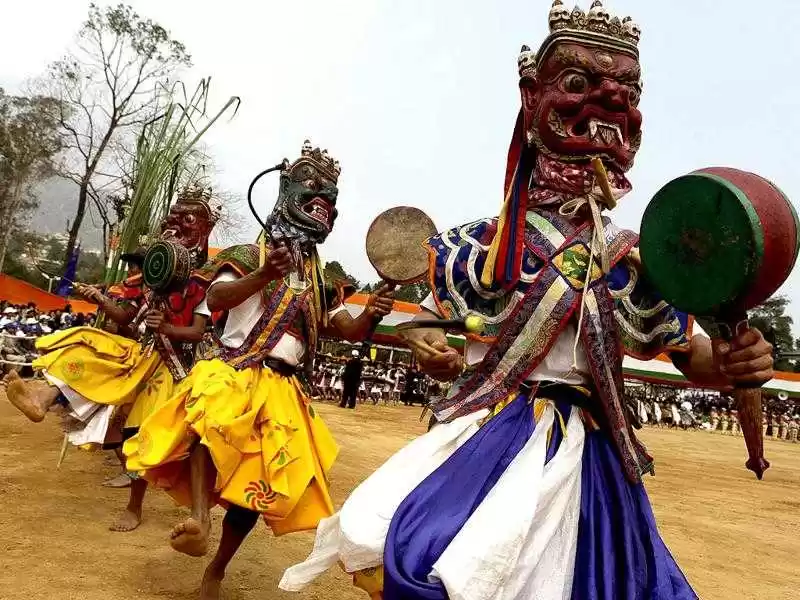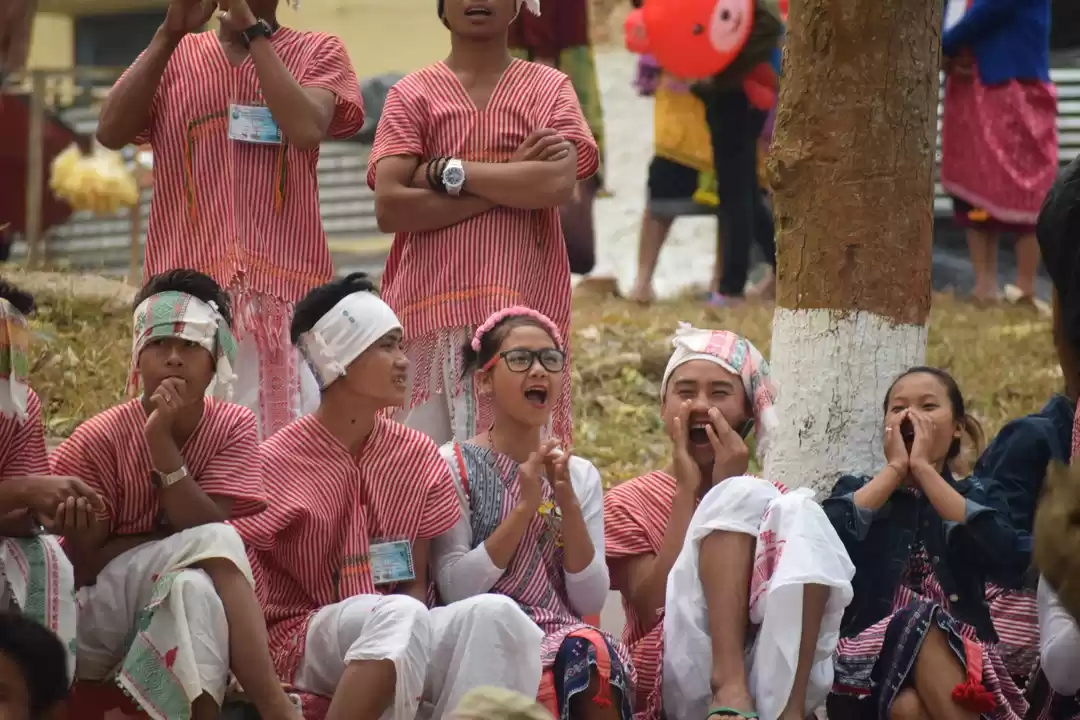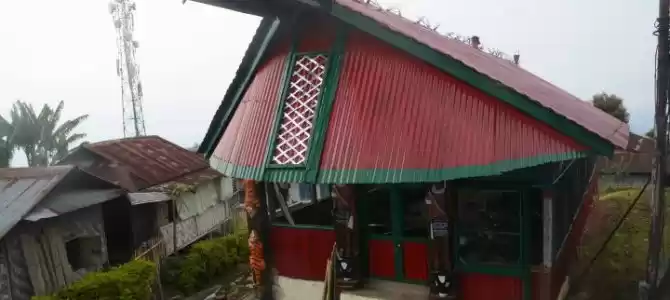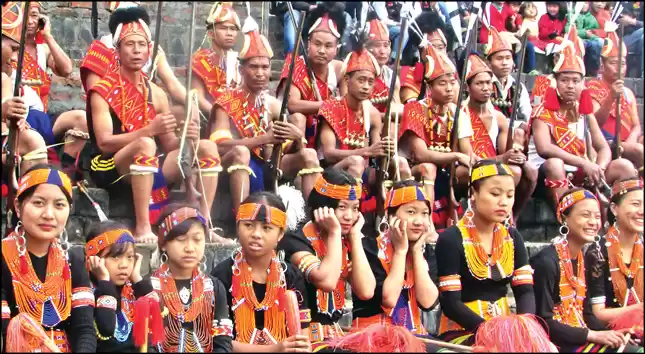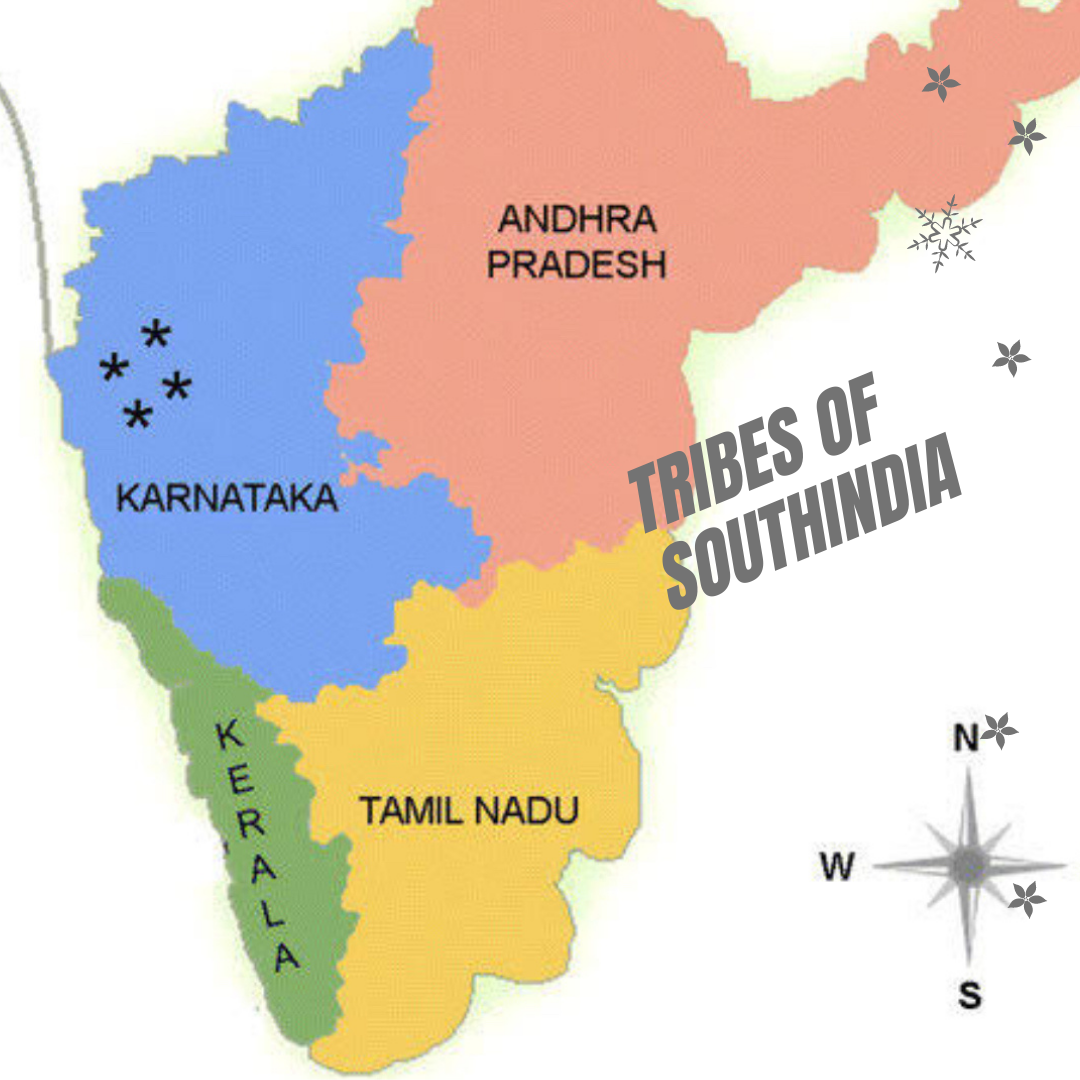



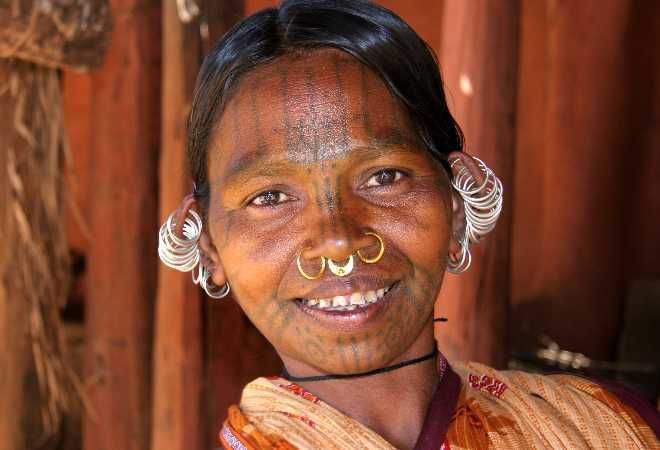



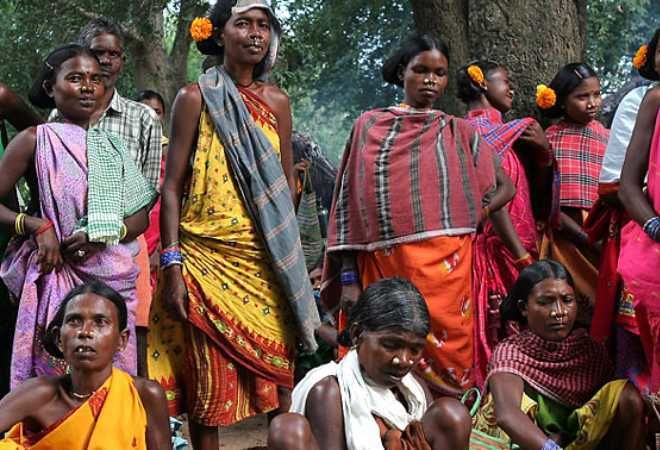
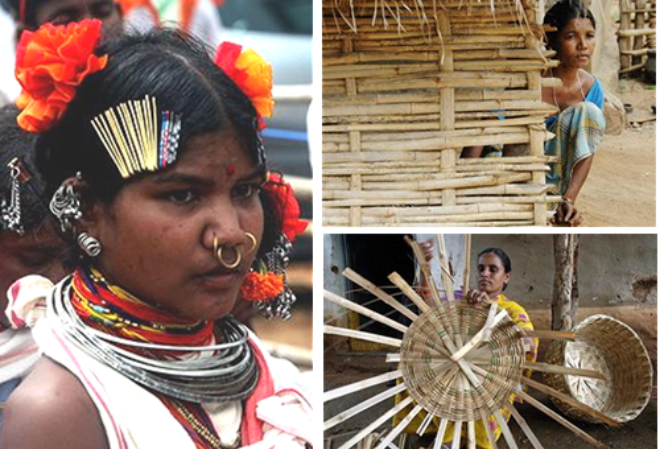
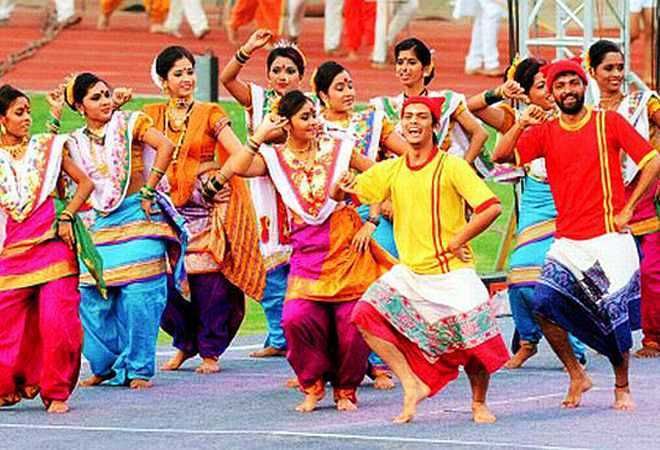

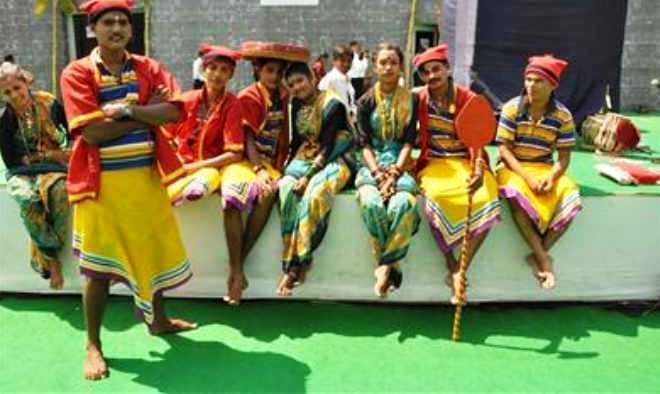

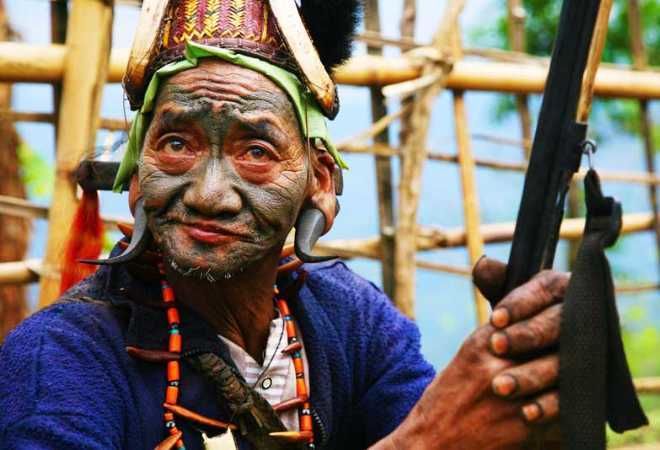
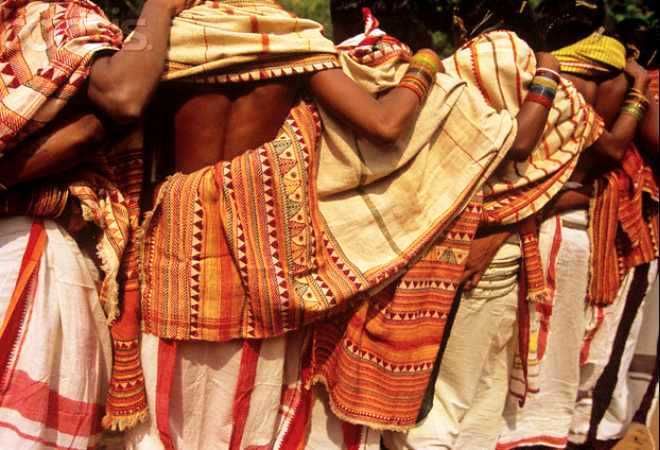
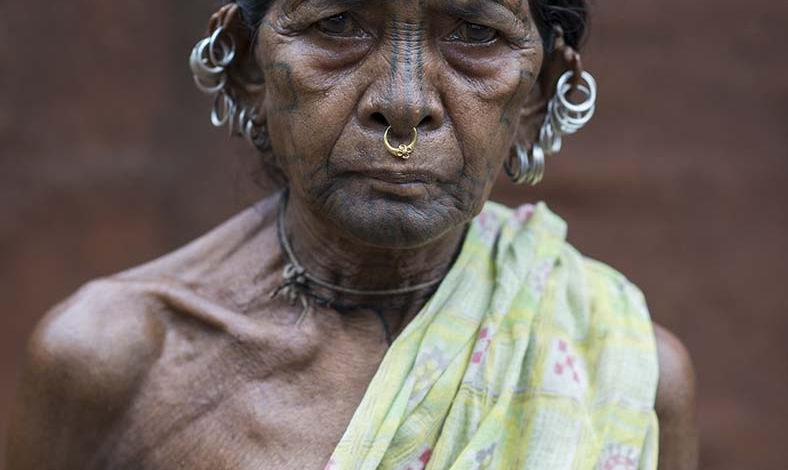
Home to 438 living languages, India is a country full of ethnic and cultural diversity. More than 570 distinct tribal communities are scattered throughout India. One way for tourists to experience these diverse communities is through tribal tourism. From past decade records, India has seen a revolution in tourism, and tribal tours have become extremely popular among tourists across the globe.
There are a number of tribes in India, spread over different parts at different levels of socioeconomic development. From the blissful Northeast India to splendid Orissa, fascinating Chattisgarh and balanced Jharkhand, the tribal population of India has so far managed to preserve their prehistoric rituals, customs, and culture even in today’s modern world.
As per 2013 survey by the Ministry of Tribal Affairs, the tribal population of India alone represents nearly 8% of the country’s total population. As a matter of fact, it represents an element in Indian society which is integrated with an inheritance of traditions, which are deeply rooted in their culture and lifestyle.Here is the article where you can find out the culture, traditions, rituals, customs and lifestyle of few Indian tribes:Khond Tribe
The Kondhs (also locally known as Kandha or Khonds), are the largest tribal group in Odisha (As per 1970 estimates, numbering more than 7, 00, 000 persons). The Kandhamal district in Odisha (erstwhile a part of Phulbani district), has 55% Kandha population and was named after the tribe. The Kondh is a tribe of people living mainly in the forested mountainous regions of the state of Orissa in India. They are known for their cultural heritage and values which center on respecting nature. They speak Kuvi language. Their religion is interwoven with traditional tribal beliefs and Hinduism.
Their religion is animistic, and their pantheon includes eighty-three Gods. Their practices make them mainly dependent on forest resources for survival. The Khonds are subdivided into the plains Khond, who are highly assimilated with the neighboring Oriya and engage in plow farming (they are also divided into castes), and the hill Khond, who have preserved considerable vestiges of the tribal system.
The chief occupations of the latter are slash-and-burn farming, hunting, and gathering. They celebrate festivals like Dussehra, Diwali, Sohraj, Sarhul, Jitia, Phagu Karma, Nawakhani and Ramnavami with great joy, honor, and enthusiasm which includes music and dance with the beating of Dhol, Kartal, Thali, Nagara and Flute. The rituals of this tribe are so pious that it can be easily seen in their practices.
2. Naga Tribe
As per 1991 Census of India, listed 35 Naga tribes. The tribes have similar cultures and traditions, and form the majority ethnic group in the Indian state of Nagaland (recognized 17 Naga tribes), with a significant presence in Manipur (recognized 15 Naga Tribes), and Arunachal Pradesh (recognized 3 Naga Tribes). The Naga tribe speaks Nagamese Creole in order to communicate with other tribes. However, every tribe has its own dialect to communicate among themselves, which fosters a strong sense of social solidarity within the village.
The Naga tribes have an egalitarian society and traditionally,they live in villages. The people of the village are held together by social, economic, political and ritual ties. Initially, the Naga tribes were used to practice the ritual of headhunting, where they used to take the heads of their enemies to take on their power and preserve them. But now, they no longer practice this ritual.
The Naga tribes are expert craftsmen. Each tribe has its own unique way of constructing their huts. A common practice among all the tribes is decorating the entrances of their dwellings with the heads of buffaloes. In addition, a weaving of colorful woolen and cotton shawls is a central activity for women of all Naga tribes. Folk songs and dances are essential ingredients of the traditional Naga culture. Folk dances of the tribes are mostly performed in groups in synchronized fashion, by both men and women, depending on the type of dance. Indigenous musical instruments used by the people are bamboo mouth organs, cup violins, bamboo flutes, trumpet, drums (made of cattle skin), and log drums. To promote their inter-tribe interaction, the government of Nagaland has started organizing the annual Hornbill Festival since 2000.
3. Koli Tribe
Some of the largest Koli communities are residing in the coastal region of Maharashtra. Koli is one of the distinct community and easily distinguishable in their dress, language, food, and lifestyle. They speak Agri language. Kolis are peace-loving and colorful fishing community. The menfolk fish while their women control the fish trade.
They are happy in their sleepy little fishing hamlets called Koliwadas, safe and unperturbed from the stress and problems that plague the outside world. Standards of housing differ from region to region, varying from simple shacks of thatched roofs, mud walls, and mud flooring to decorated homes with tiled roofs, brick walls, and paved or cement flooring.
Kolis love the sea, the fish, and the life. The community has its own distinct identity and lively dances. Koli dance is the fisher folk of Maharashtra. The Agri-Koli Mahotsav is an annual fest, celebrated by Akhil Agri-Koli Samaj Prabodhan Trust, with the aim to preserve the rich and varied heritage and culture of the Koli community.
4. Munda Tribe
Munda tribe mainly inhabits in the region of Jharkhand. The Mundas have highly respected tribals from the time of pre – independence of India. They speak Mundari language. Munda people follow their own indigenous Indian religion referred as Sarnaism.
Since the primitive times, they have been wanderers & hunters occupying an India tribal belt, later they became settled agriculturists cultivators. They are also excellent in basket work and weaving. Like any other tribes, Mundas also have festivals, but here they are with a difference. Lights, fire games, pomp, and show make a big part of their festivals. They have a special dance form, called as Nupur (an anklet) Dance.
5. Santhal Tribe
Santhals are the third largest tribe in India. They habitats mainly in the states of West Bengal, Bihar, Orissa, Jharkhand, and Assam. They speak Santhali language. The livelihood of the Santhals revolves around the forests they live in. They fulfill their basic needs from the trees and plants of the forests. They are also engaged in the hunting, fishing and cultivation for their livelihood.
Santhals possess their unique skills in making the musical equipment, mats and baskets out of the plants. After the long day hard work, Santhals relax with the light music and dance. They play great music using Tirio (bamboo flute with the seven holes), Dhodro banam (which consists of belly called lac covered with an animal skin on which rests the bridge(sadam, lit, horse), an open chest( korom), a short neck(hotok)and a head( bohok), Phet banam (a fretless stringed instrument with three or four strings), Tumdak, Tamak, Junko and Singa.
6. Bhil Tribe
Bhils are popularly known as the bowmen of Rajasthan. Bhils comprise 39% of Rajasthan’s total population. They speak Bhili language. They are known for their truthfulness and simplicity. They love independence. They are brave and their weapon is bow made of bamboo. Earlier they were the great hunters. They now practice agriculture as the source of livelihood. The Bhils are talented in the sculptured work.
They are known for Pithora painting. The Baneshwar fair is the main festival celebrated among the Bhils. They give more importance to dance and music due to their rich cultural history. The Ghoomar and Gair dance are well-known aspects of the Bhil culture.
7. Gond Tribe
The Gonds are among the largest tribal groups in India. They mainly live in Madhya Pradesh, important clusters live also in the adjoining districts to the north, west, and south of Gondavana. They speak Gondi language. Tattooing is the major charm of the Gonds. Agriculture is their main occupation and herding cattle is a part of their livelihood.
They traditionally served the larger tribal community as musicians, bardic priests, and keepers of genealogies and sacred teachings. Keslapur Jathra is the important festival of the Gonds. During night, they enjoy liquor and dance along with the tribal music. Gusadi dance is the most famous dance performed by the Gonds.
8. Great Andamanese Tribe
Great Andamanese is the negrito tribe inhabitant in the Andaman group of Islands. They form the largest population among the other tribes found in these islands. Their diverse culture of these tribes of India is a unique feature. Jeru, Khora, and Andamani Hindi are the major languages spoken by the Great Andamanese.
They have been hunters for many centuries. They are also seen cultivating vegetables for their livelihood. They have also established poultry farms. They are good artisans and prepare their own ornaments, baskets, tools and Earthern pots. Some folk dances can even be witnessed in the cultural programs during the famous Island Tourism Festival. Music is more prominent among the locals living in the Andaman Islands. They are very fond of their music and thus, do not pay much consideration to other styles. Even among the Andamanese, the music styles differ from tribe to tribe.
Recommendation:
During summer, an ideal destination would be “Seven Sisters” of the northeast, where many tribal villages are perched under the shadows of the Himalayas. The western states of Rajasthan and Gujarat are best seen between November and February when travelers can combine tribal visits with desert camel treks before the mercury rises in early spring.When planning a tribal tour, look for opportunities to sample local cuisine, hear live music, attend a festival or see traditional folk dancing.India’s tribes are known for their craftsmanship. Look for bamboo crafts among Jharkhand’s Santhal tribe, metal jewelry and naturally dyed cotton saris in Chhattisgarh’s Bastar region and vibrant textiles in Orissa. If you visit Rajasthan’s tribe, check out traditional Pithora hut painting.Be a responsible tourist and promote sustainable tourism. When visiting tribes, it is important to consider whether your actions are considered supportive or exploitative by the community. Consider a home stay in a tribal village rather than staying in a hotel nearby, and whenever possible hire local guides and buy items directly from local merchants.India’s tribal areas are not immune to communal and political tension. Avoid travel to tribal areas during national or local electoral campaigns and major religious holidays, particularly those of minority religious groups. Before planning your trip to tribal India, browse Indian and international media to see if there are any issues for concern.They are still residing away from the chaos of the city and town in the calm and peaceful place where people still believe in living a simple life just like their ancestors do. Embark on an incredible journey to the tribal places in India and have a close view of the long-standing culture and traditions of the country, which continues to persevere in its primitive surroundings!
This post was originally published on 'Tippytoetraveltales'.















